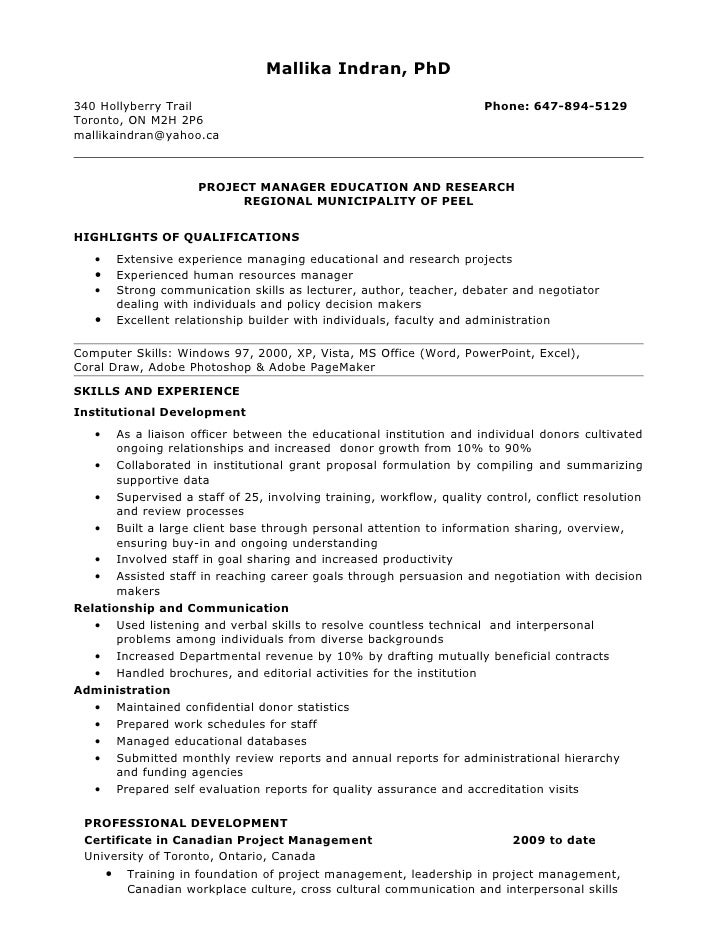
What does stem refer to? Simple definitions of stem: The main trunk supports the leaves, buds and branches. It is the central point of growth and provides nutrients for all the other parts of the plant. A stem can be a slender stalk called a petiole or as long as a tree trunk. Stems can be used in many ways in nature. You can find out more about stems, their origins, and how to use them.
Meaning of stem
What is the Meaning and Definition of Stem? In English grammar and morphology, a stem is an underground part of a plant's stem. To give rise to new plants and leafy shoots, it grows in an oblique orientation. Suckers include chrysanthemums and bananas. Stolons, on a different note, have slender branches with long internodes. Stolons can be spread out as a mother plant.
What is the Meaning of Stem? It is the stalk or main body of a plant. It is the solid part that supports branches. A tall tree's stem is without branches. A slimmer one has many branches. A stem is also the pedicle of a flower, a stock, or a noble race of progenitor generation. It also contains the flower's budding.

Origin
For nearly a century, scientists have been intrigued by stem cell research. It is true that stem cells are defined as embryologically important cells back in the late nineteenth-century. In those days, stem cells were considered germline cells. These cells are responsible for generating a person’s germline. Later embryologists also used the term stem cells to refer to a blood system progenitor.
All stem cells have the ability of self-renewing or differentiation. However, some stem cell types are more specific than others. Scientists work with all types stem cells. These cells are found in the body's mass and can give rise any number of tissues or organs. They retain their embryonic characteristics. Scientists are trying to find ways to grow stem cells from other cells. They have shown promise in treating various diseases.
Contextual meaning
The following article will help you learn how to use "stem" in conversation. The main trunk is what connects all the leaves, branches, and buds of a plant. Stems aid plants in growing by carrying nutrients and water. They are also the fundamental structural component of any plant. Stems can be as simple as a slender stalk or a leaf-like petiole, or as complex and massive as a tree trunk.
Contextual meaning of stem
Depending on the context, stem can have many meanings. For example, stem can refer to the main trunk of a plant, which supports the leaves, buds, and branches. Also, stems help to connect different parts of a plant. They provide nutrients and allow the plants grow and expand. You can find stems in a variety of sizes, from a short stalk called a petiole to an enormous tree trunk.

Stemming a tide is used to refer to the ability of stock trading to stop the tide from rising or decrease. The term was originally used to describe seafarers who had to resist the waves in ocean. Robert Rhea came up with the term, using the ocean metaphor to describe market trends. Rhea made money by using technical analysis to determine his call prices. Technical analysts, who made money from the market's tops and bottoms, later coined this term.
FAQ
What do civil engineers do?
Civil engineering is the creation and construction of structures like roads, bridges or buildings, dams or tunnels, as well as other large-scale projects. It covers all aspects of structural engineering, including building materials, foundations, geotechnics, hydraulics, soils, environmental impact assessment, safety analysis, and traffic management. Civil engineers ensure that the project meets all its objectives and is cost-effective as well as environmentally friendly. They must make sure that the structure lasts.
They can also plan and execute public works programs. They could oversee the planning and construction a road, bridge or tunnel.
What is a typical day in life of an engineer?
Engineers spend much of their time working on projects. These projects can include developing new products and improving existing ones.
They may work on research projects that aim to improve the world around us.
They may also be involved in the creation of new technologies, such as computers, phones, and cars, planes or rockets.
Engineers have to use imagination and creativity in order to achieve these tasks. Engineers need to be able to think out of the box and create innovative solutions to problems.
They will be required to sit down with their ideas and develop them. They will also need equipment such as laser cutters CNC machines, 3D printing, laser cutters, CNC, computer-aided engineering software, etc. to test their ideas.
Engineers also have to communicate effectively to explain their ideas to others. Engineers need to create presentations and reports in order share their findings among colleagues and clients.
Finally, they must manage their time effectively to achieve maximum results in the shortest amount of time.
So no matter what type of engineering you choose, you'll need to be creative, imaginative, analytical, and organized.
What does a Chemical Engineer Do?
To develop chemicals, products, technologies, or processes, chemical engineers must combine math, science and engineering.
Chemical engineers have the ability to specialize in areas such a petroleum refining, pharmaceuticals or food processing.
They collaborate closely with scientists and researchers to solve technical problems.
What Is the Hardest Engineering Major?
Computer science is the most difficult engineering degree because you must learn everything from scratch. You will also need to learn how to think imaginatively.
You will need to be able to understand programming languages such as C++ Java, Python JavaScript PHP HTML CSS SQL SQL XML and many other.
Understanding how computers work is another important skill. You will need to understand hardware, software architecture, operating systems, networking, databases, algorithms, compilers, memory, storage devices, graphics, and more.
Computer Science is an excellent option for engineers who want to study.
Which engineering discipline is the most difficult?
It is difficult to design an engineering system that can withstand all failure modes, but is flexible enough to accommodate future changes.
This requires extensive testing and iteration. It is also important to understand how the system should respond when something goes wrong. Here you need to be sure you're not solving just one problem. You have to design a solution which solves multiple problems simultaneously.
Engineering: What is it?
Engineering is simply the application of scientific principles in order to create useful things. Engineers use their knowledge of mathematics and science to design and produce machines, vehicles.
Engineers may be involved in research and development, production, maintenance, testing, quality control, sales, marketing, management, teaching, consulting, law, politics, finance, human resources, administration, and many other areas.
Engineers have many responsibilities. They can design and build products, systems and processes; manage projects; perform tests and inspections; analyze data; create models; write specifications; develop standards; train employees, supervise workers and make decisions.
Engineers can be specialists in many areas such as mechanical, chemical, electrical, civil, computer, biomedical and manufacturing.
Some engineers are more interested in specific types of engineering than others, including aeronautics and biotechnology, computing, electronics energy, industrial, maritime, medicine, nuclear, robotics space transportation, telecommunications and water.
Statistics
- 14% of Industrial engineers design systems that combine workers, machines, and more to create a product or service to eliminate wastefulness in production processes, according to BLS efficiently. (snhu.edu)
- 2021 median salary:$95,300 Typical required education: Bachelor's degree in mechanical engineering Job growth outlook through 2030: 7% Mechanical engineers design, build and develop mechanical and thermal sensing devices, such as engines, tools, and machines. (snhu.edu)
External Links
How To
How to read engineering drawings
Engineering drawings can be used to describe an object visually. Many elements are included in engineering drawings, including dimensions, symbols, and text. Engineering drawings are a common feature since ancient times. The first known drawing was made in Egypt during 3000 BC. They are used to design objects such as bridges and buildings.
Engineers use engineering drawings to describe what something looks and feels like. It makes it easier for others to comprehend what you're talking. Engineers make things by using symbols and numbers to measure. This makes it simple for people with no engineering knowledge.
There are 2D and 3D types of engineering drawings.
2D drawings can be flat representations or three-dimensional objects. These include plans and sections, elevation views and axonometric projecteds.
3D drawings are a way to visualize real-life objects in multiple perspectives. They are usually created by computer software. SketchUp allows you to display a model from the top of a bridge. Next, choose "View" and "Top View." Then you would rotate your view until you saw everything from above.
When looking at 2D drawings, you should look at the whole picture. Do not focus on one aspect. It is important to pay attention to everything in the top-right corner.